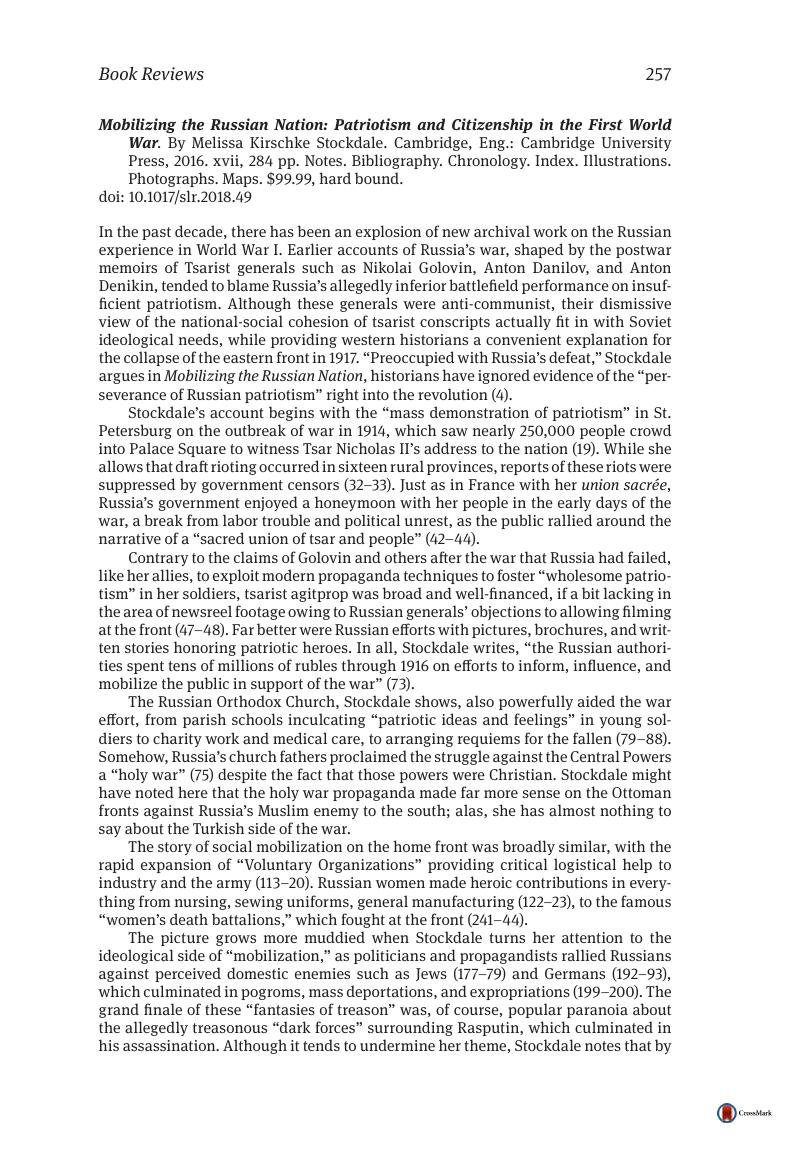Crossref Citations
This article has been cited by the following publications. This list is generated based on data provided by Crossref.
Li, Anqi
2024.
The Innovative Path of Patriotism Education for College Students in the New Era under the Environment of Intelligent Education.
Applied Mathematics and Nonlinear Sciences,
Vol. 9,
Issue. 1,



